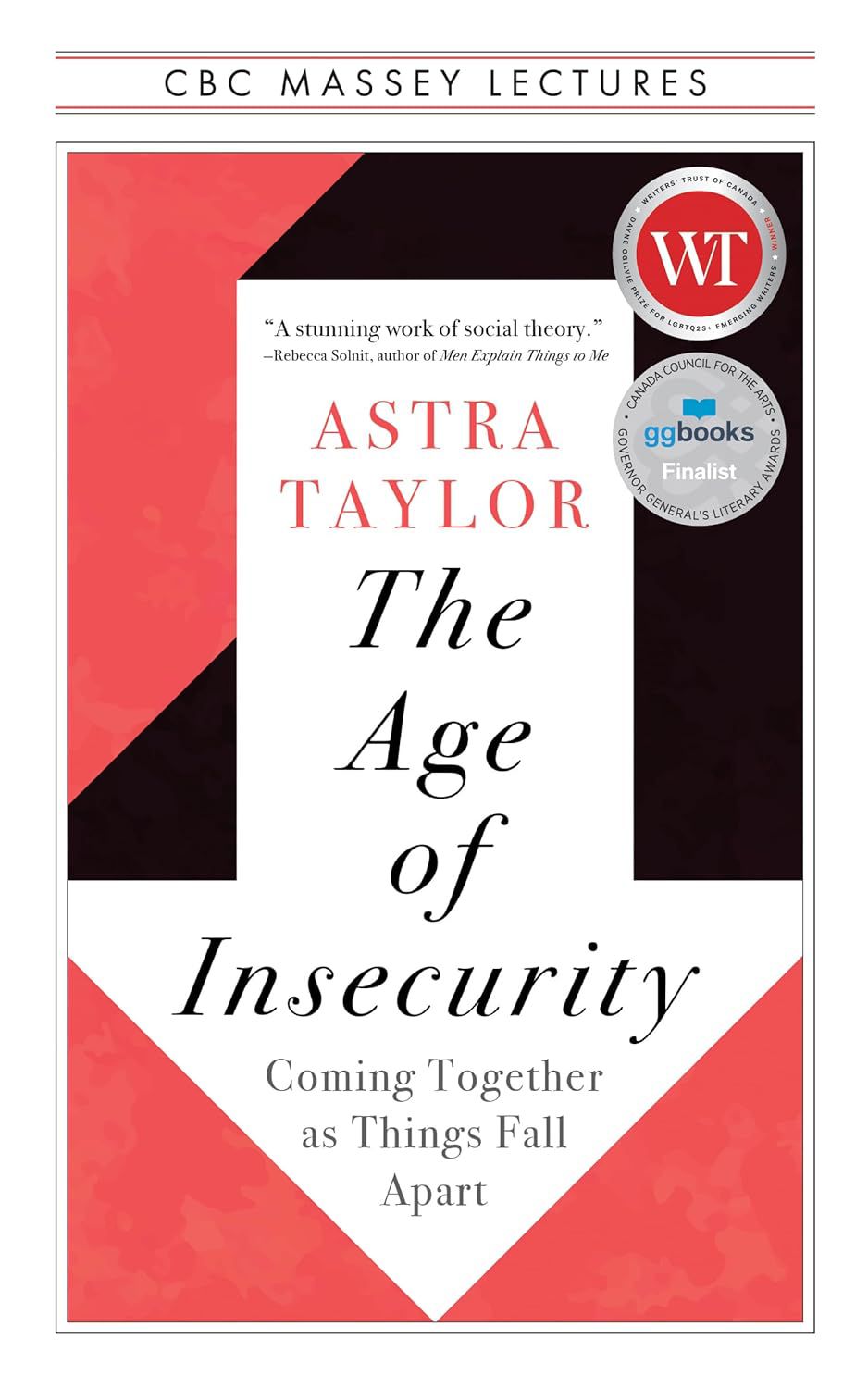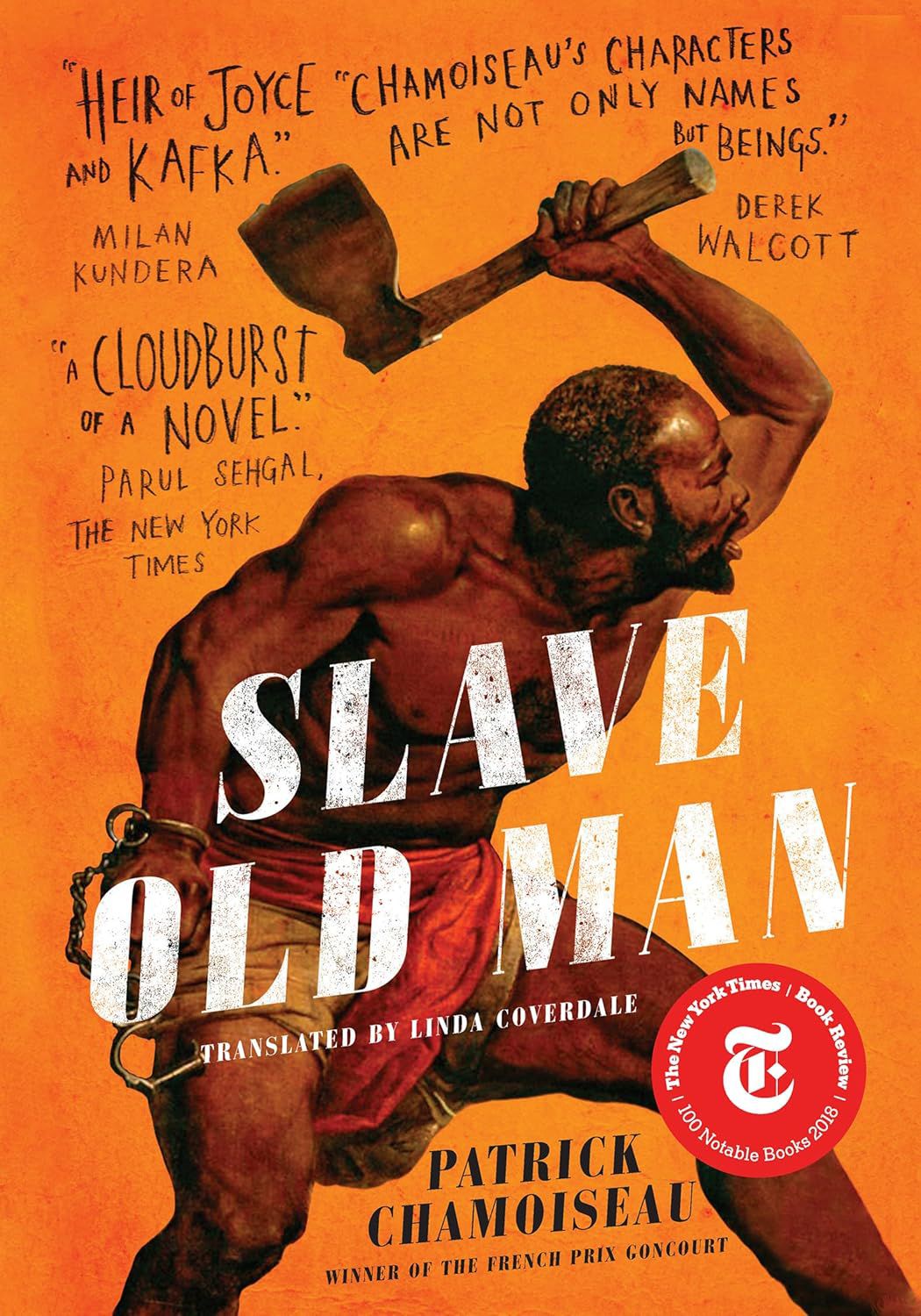
One of the great contradictions of the Vancouver cityscape is the presence of a high-speed commuter route running through the heart of Stanley Park, the city’s beloved urban green space. The Stanley Park Causeway connects the downtown core to the North Shore via the Lions Gate Bridge, and every day seventy thousand motor vehicles rumble along it, spewing gas fumes and violating the pristine sanctuary of the park. Back in the 199s, when the provincial government proposed cutting down some trees to widen the causeway, the result was an outraged reaction from park defenders who demanded that not a single tree be lost to roadway expansion, an indication of how precious the park is to many city residents. But if trees and wilderness are so sacred, how did the causeway get built in the first place?
The story of the causeway is emblematic of Vancouver’s conflicted relationship with its most treasured landmark. Created in 1888 and dedicated the next year by its namesake, Governor General Frederick Arthur Stanley, “to the use and enjoyment of peoples of all colours, creeds and customs, for all time,” the park was considered an oasis of wild nature where harried urbanites could find peace and rejuvenation. Yet as the York University historian Sean Kheraj points out in his book, Inventing Stanley Park: An Environmental History (UBC Press), the park is far from pristine. It was inhabited by indigenous people for thousands of years before the city was created, it was logged selectively from the 186s, and since becoming a park it has been managed and “improved” in ways too numerous to mention (though Kheraj’s book makes a good attempt at it). In other words, visitors to Stanley Park are experiencing not a natural wilderness but a manicured cultural artifact the meaning of which is constantly contested by different interests in the city.
The causeway first was proposed in 1926 when the municipality of West Vancouver offered tax advantages to any private contractor building a bridge across the entrance to Burrard Inlet, known as the First Narrows. Because Stanley Park is located between the Narrows and the downtown, a bridge required a road through the park, and at the time the voters of Vancouver rejected the idea in a public plebiscite. However, minds were changed when the issue came up again during the Depression. With unemployment high, the construction of a causeway and bridge was sold as a much needed make-work project. This time the bridge was financed by a British consortium, including the Guinness brewing interests, which hoped to provide access to its British Properties real estate development in West Vancouver. In a second plebiscite, in 1933, Vancouver voters chose overwhelmingly to allow the project to go ahead. It was, suggests Kheraj, a “Faustian bargain.” Vancouver, he writes, “in a moment of weakness, had permitted a private corporation to drive a major highway through Stanley Park.”
The causeway is just one of many changes to the park, some man-made, some the result of natural forces, which have led to its present configuration. The grooming, or in Kheraj’s word, the “invention,” of the park had earlier required its depopulation. It is hardly remembered today—or at least it wasn’t until Jean Barman’s path-breaking 25 book Stanley Park’s Secret (Harbour Publishing)—but a variety of communities once occupied the park. There were First Nations settlements, principally at Whoi Whoi, what came to be called Lumberman’s Arch, dating back millennia. There were families squatting at Brockton Point and on Deadman’s Island, and had been for generations. There was a small village of Chinese at Anderson Point, and a community of Kanakas (Hawaiians) occupied the south shore of Coal Harbour. Attempts by civic authorities to evict these people began as soon as the park was created. The Park Board considered their homes to be eyesores and their presence a contradiction of the pristine wilderness narrative that it was imposing on the peninsula. The Chinese were burned out in 189; the First Nations were sent to live on reserves elsewhere; the squatters were evicted following a series of legal trials in the 192s. The invention of the park required the erasure of its earliest inhabitants. (Curiously, once the First Nations people were gone they were replaced by an ersatz “Indian village” at Brockton Point, now a collection of totem poles that ranks as Vancouver’s most visited tourist attraction.)
“A park is an idea imposed upon the land,” writes Kheraj, and the idea changes with time. The original advocates for Stanley Park envisioned a retreat from the modern world where people would come in search of what Kheraj calls “passive leisure.” This attitude, endorsed by the social elites in the city, gave way to a demand from working people for more active recreational spaces. The addition over the years of playgrounds, tennis courts, swimming pools, lawn bowling greens, an athletics field and a cricket pitch suggests the triumph of advocates for “active leisure,” but the two visions are evident still, for example in clashes on the seawall between pedestrians (passive) and cyclists (active).
Kheraj shows that the purpose of Stanley Park has not been to preserve a natural setting but actually to improve on nature, to create an idealized version of what the natural world should be. The most obvious example in the park is Lost Lagoon, which was an unattractive marshland before it was transformed into the beautified artificial lake it is today. In 1915 the Vancouver Sun described the park as a place “where nature has been allowed to go about her business,” but this was never really the case. The wildness of Stanley Park has been groomed as fastidiously as a prize poodle. The forest has been managed to maintain its health and appearance. Certain animals have been added: “attractive species of gentle demeanour,” as Kheraj puts it. Mute swans were imported from Victoria, for example, and grey squirrels from Pennsylvania. At the same time other animals, especially large predators, were unwelcome. Kheraj tells the story of an unfortunate cougar that was preying on the collection of animals in the zoo in 1911. The Park Board hired three hunters to track down the big cat. It took them two weeks to find and kill it; in the meantime newspaper readers were treated to a steady diet of stories about the “terror of Stanley Park.” For a brief moment, actual nature upstaged the carefully crafted version on display in the park.
The City of Vancouver has always existed in tension between two ideas of itself. On the one hand it strives to become a “world-class city,” attracting outside investment to help it grow and develop, staging mega-events such as the 21 Winter Olympics to draw attention to itself. On the other hand it is the “livable city,” making the most of its natural setting to maintain a slower lifestyle, the birthplace of Greenpeace and the concept of the ecological footprint. Stanley Park embodies this tension. Since its creation 125 years ago, Vancouverites have debated the limits of improvement. Some want the park maintained as a nature preserve, untouchable (“Hands off our trees!”), inviolate, with only limited accommodation of the human population that surrounds it. Some believe the purpose of the park is the opposite, to serve the population not hide from it. As Sean Kheraj shows in his fascinating book, it is between these two poles of opinion that Stanley Park has been invented.








